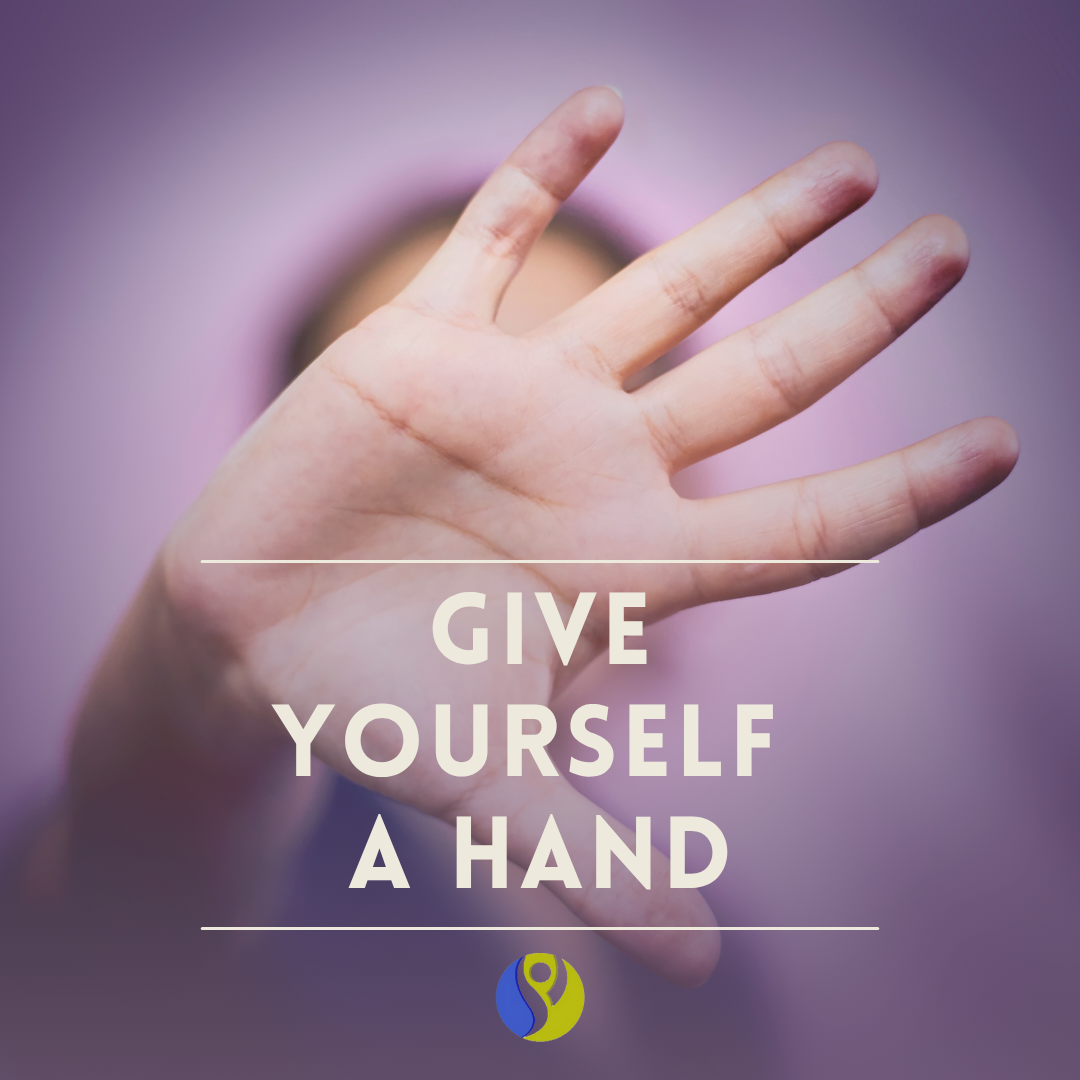Give Yourself a Hand
How to Treat Common Hand and Wrist Injuries at Home
We use our hands and wrists for just about everything, from typing emails to picking up groceries (and, of course, scrolling through social media). So when hand or wrist injuries strike, they can really throw a wrench in our daily lives. Fortunately, many common hand and wrist issues can be treated at home with a little care and attention. Let’s dive into some of the most frequent hand and wrist injuries and explore some simple at-home treatments that could help get you back to doing what you love—pain-free!
1. Carpal Tunnel Syndrome: Not Just for Typing All Day
Ah, Carpal Tunnel Syndrome (CTS)—the office worker's nemesis. CTS occurs when there’s increased pressure on the median nerve at the wrist, leading to pain, tingling, and weakness in the hand. If you spend long hours at your desk typing or using a mouse (we’re all guilty of the endless scroll), you might be familiar with this frustrating condition.
Home Treatment: First things first, take breaks! Yes, actually take breaks during your workday. Stretch your forearms, and consider wearing a splint to immobilize your wrist and decrease pressure on the nerve. Also, check your workstation setup. Are your chair, keyboard, and mouse properly aligned? A few ergonomic adjustments might do wonders.
2. Ganglion Cyst: A Bump in the Road (Literally)
A ganglion cyst is a fluid-filled sac that forms in the hand or wrist, usually due to weakness in the joint capsule or tendons. While they’re often harmless, they can be uncomfortable or even painful if they press on a nerve.
Home Treatment: Immobilize the area with a splint, and ice it to reduce any pain or inflammation. As with other wrist issues, make sure your workstation is not putting undue stress on your wrist and hand. If you’ve got a bump that just won’t go away, it might be time to consult with a pro!
3. Triangular Fibrocartilage Complex (TFCC) Injury: The Shock Absorber Gets a Knock
The TFCC is a small but mighty structure in your wrist that stabilizes the bones, absorbs shock, and ensures smooth movement. It’s often injured when you fall on an outstretched hand (we’ve all been there, right? 😬). The pain is usually on the pinkie side of your wrist, and you may notice swelling or clicking.
Home Treatment: Immobilize the wrist with a splint, and ice it to help reduce swelling. As the injury heals, incorporate progressive strengthening and stability exercises to help your wrist recover and return to full function.
4. Wrist/Finger Sprain: Ouch, That Hurt
A wrist or finger sprain occurs when trauma (such as a fall or blow) overstretches or ruptures the ligaments supporting the joint. The result? Pain, swelling, and limited range of motion. It’s no fun, but sprains are fairly common and can be treated at home.
Home Treatment: Follow the RICE method (Rest, Ice, Compression, and Elevation) to manage pain and swelling. Use a brace or tape to support the affected joint while it heals. This will help protect the injured tissue and prevent further damage.
5. Arthritis: When Your Joints Just Aren’t What They Used to Be
Arthritis can strike at any age, but it's more common as we get older. It involves the breakdown of the protective cartilage around the joints, leading to pain, stiffness, and inflammation. It can either be degenerative (wear and tear) or inflammatory (autoimmune), and it's often found in the wrists and hands.
Home Treatment: Ice or heat can help manage the pain. Try switching to an anti-inflammatory diet and include exercise and stretching in your routine to keep the joints moving. A gentle yoga class or swimming can work wonders for arthritis sufferers, especially in the wrists and hands.
6. Trigger Finger: When Your Finger Just Won’t Cooperate
Trigger finger (or trigger thumb) happens when the tendons in your fingers become irritated, causing painful “catching” or “locking” when you try to straighten them. It’s a bit like your finger is stuck in a permanent “thumbs-up” position—minus the enthusiasm.
Home Treatment: Rest the affected finger and splint it to avoid aggravating the condition. Massage the scar tissue in your palm and finger to help release the tendon, and don’t forget to stretch your hands and forearms. The more relaxed those muscles are, the easier it will be for your finger to straighten out.
When to See a Chiropractor or Specialist
While these at-home treatments can be helpful for many hand and wrist issues, sometimes you need a little extra help. If your symptoms aren’t improving or the pain is too much to handle, it’s time to come see us! At Elevated Chiropractic, we can help with a variety of hand and wrist injuries using massage therapy, chiropractic treatments, acupuncture, and physical therapy. Our goal is to help you recover and get back to your daily activities with less pain and more mobility.
Keep Your Hands in Top Shape!
Your hands and wrists work hard for you every day, so taking care of them is essential. Whether you’re dealing with carpal tunnel, a ganglion cyst, arthritis, or a sprained wrist, we’ve got you covered. With a few simple home treatments, some good habits, and a little professional help, your hands will be back to feeling their best in no time.
Need help getting your hands (and wrists) back on track? Contac





